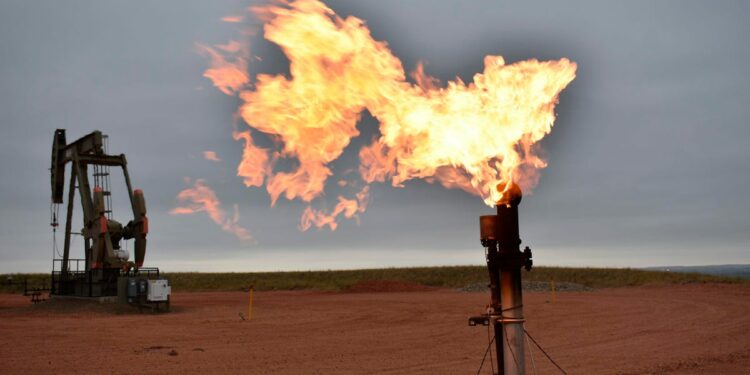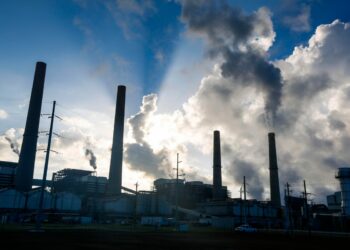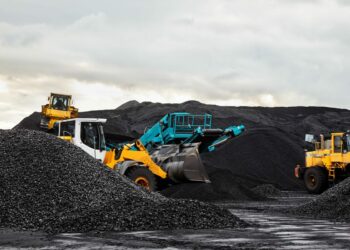In a recent article, I highlighted the record drop in oil production last summer. Demand has bounced back, but oil supplies are still about a million barrels per day lower than they were prior to the Covid-19 pandemic. That missing million barrels is the single largest variable that has driven up oil prices.
However, there is a secondary impact from this loss of oil production.
U.S. natural gas production primarily comes from two places. One is from wells that are drilled specifically to produce natural gas. That accounts for more than 60% of U.S. natural gas production.
But most of the rest comes from natural gas produced from oil wells. This associated gas is natural gas that dissolved in the crude oil under the pressure of a rock formation. When the oil is produced, the pressure is released and the natural gas comes out of the oil. Usually this natural gas is captured and sold (although sometimes it is flared).
When oil production dropped last summer, so did associated natural gas production. According to the Energy Information Administration (EIA):
“In 2020, annual production of associated-dissolved natural gas (or associated gas)—which is natural gas produced from oil wells—declined in the combined five major U.S. onshore crude oil-producing regions for the first time since 2016. The share of associated gas produced in these five regions (Permian, Bakken, Eagle Ford, Niobrara, and Anadarko) declined by 1.5% year over year and averaged 37.7% of natural gas production in the regions. Associated gas production averaged 14.2 billion cubic feet per day (Bcf/d) in 2020 (a 4.1% decline from 2019) amid a 9.2% drop in oil production in these regions.”
The number of rigs dedicated to drilling for natural gas also declined about 45% between January and July 2020. The net result — as with crude oil — was a decline in natural gas production that has yet to recover. Meanwhile, natural gas demand has recovered to pre-Covid levels.
There are two important outcomes from this supply/demand imbalance. One is a surge in natural gas prices. Right now, natural gas prices are nearly 80% higher than they were a year ago. That’s also partially a result of the second outcome — lower natural gas inventories headed into winter.
The most recent Natural Gas Storage Report showed that natural gas inventories are about 10% lower than a year ago. That, in combination with lower production, has resulted in skyrocketing natural gas prices.
Of course this isn’t just a U.S. phenomenon. Natural gas prices in Europe have skyrocketed to five times normal, which forced some factories to curtail production. This strengthens Russia’s hand, as it is capable of supplying Europe with additional gas. China has also experienced price surges, which have resulted in power outages in some towns.
The EIA is projecting that this winter, U.S. natural gas will be at the highest average price since the 2005–06 winter average. For the 48% of U.S. homes that are heated with natural gas, the latest Winter Fuels Outlook forecasts that these households “will spend an average of $746 on heating this winter (October–March), which is $172, or 30%, more than last year.”
Of course, if this winter turns out to be especially cold, all bets are off.










